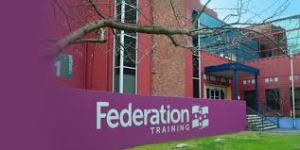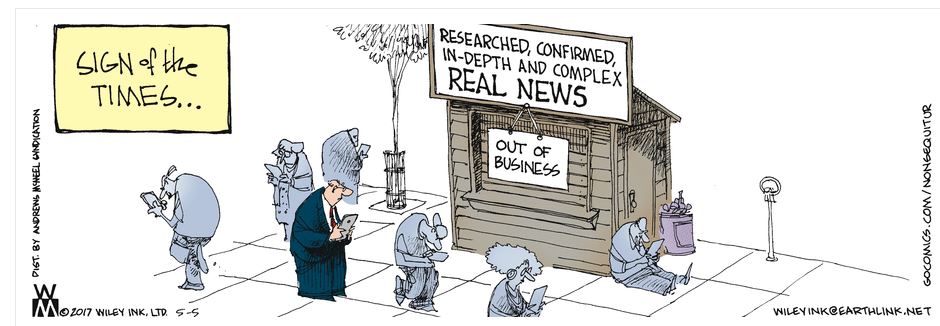Fed Training chief quits
9 February 2018 | Federation Training has announced that its Managing Director of 20 months, Jonathon Davis, will leave the institute on Thursday 15 February 2018, to care for his ill wife. Grant Radford, currently acting CEO at Chisholm Institute, will take over as interm CEO on 19 March. Until then Virginia Simmons, formerly CEO of Kangan and Chisholm Institutes, among other roles, will fill the role.
Crackdown on “unduly short courses”
30 January 2018 | The Commonwealth Government has released discussion papers on unduly short VET courses and training product reform. The consultation paper on unduly short courses follows ASQA’s report in June 2017 that recommended defining and setting of mandatory training requirements under certain circumstances and related obligations for providers. ASQA made three recommendations.
Academic Gongs Australia Day 2018
26 January 2018 | 895 Australians have been recognised with Orders of Australia on Australia Day 2018, 641 In the General Division (basically, civilians). As always, members of the tertiary education sector featured strongly in the honours list, with 119 awards (about 19% in the General Division), particularly in the upper categories. People associated with the tertiary sector received 11 out of the 16 Companion awards (68%), 27 out of 68 Officer awards (40%), 62 of 170 Member awards (36%), for 40% of the higher awards (a proportion which has actually increasing considerably over time) . In the most common category, Medal of the Order, only 19 of 387 awards were tertiary sector related people (5%).
2018, 641 In the General Division (basically, civilians). As always, members of the tertiary education sector featured strongly in the honours list, with 119 awards (about 19% in the General Division), particularly in the upper categories. People associated with the tertiary sector received 11 out of the 16 Companion awards (68%), 27 out of 68 Officer awards (40%), 62 of 170 Member awards (36%), for 40% of the higher awards (a proportion which has actually increasing considerably over time) . In the most common category, Medal of the Order, only 19 of 387 awards were tertiary sector related people (5%).
Freeze will squeeze uni places
 17 January 2018 | As the main round of university offers go out to prospective students across the country this week, Universities Australia says federal funding cuts will leave a projected 9,500 places unfunded by Government in 2018. Chief executive Belinda Robinson said the $2.2 billion cut announced just before Christmas had put Australia’s universities between a rock and a hard place.
17 January 2018 | As the main round of university offers go out to prospective students across the country this week, Universities Australia says federal funding cuts will leave a projected 9,500 places unfunded by Government in 2018. Chief executive Belinda Robinson said the $2.2 billion cut announced just before Christmas had put Australia’s universities between a rock and a hard place.
Victorian uni offers slightly down
16 January 2018 | Some 52,973 Victorian Tertiary Admission Centre (VTAC) applicants received main round offers on 16 January 2018 for undergraduate courses in 2018. Since November 2017, VTAC has also issued 2,547 offers to international Year 12 students and 5,833 early offers. As a result, over 61,353 individuals have received at least one offer at this point, with several more offer rounds to come over the next month. Overall, this is a slight decrease from 2017.
Study Group to be deregistered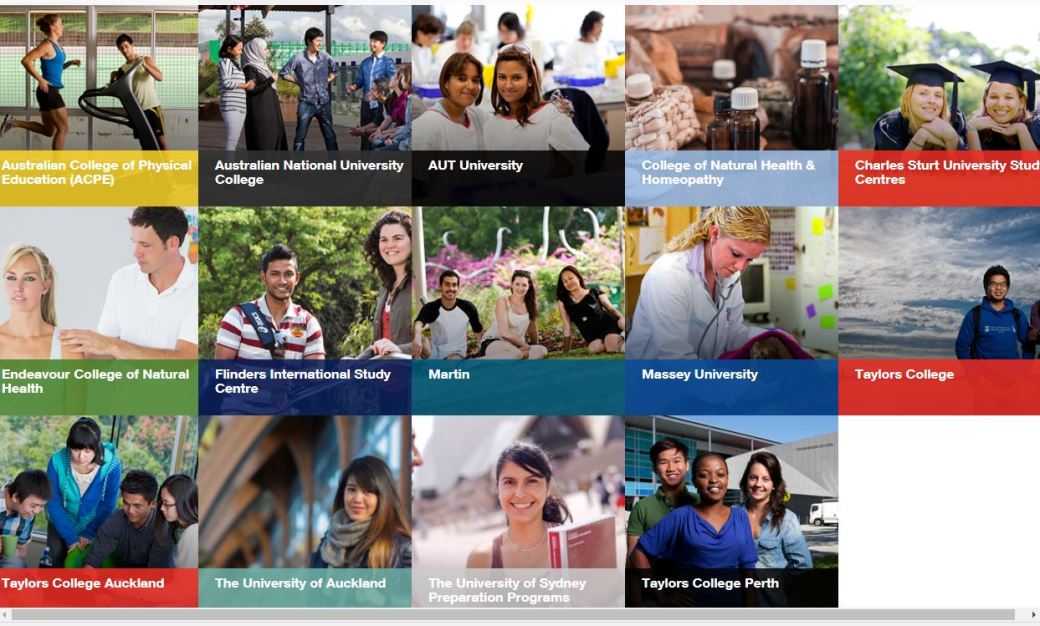
16 January 2018 | The Australian Skills Quality Authority (ASQA) has cancelled the registration of Study Group Australia Pty Limited as a provider of vocational education and training (VET) services, for significant non-compliance with the requirements of the VET Quality Framework. Study Group Australia trades under multiple business names including ACPE Academy, Martin College, Australian Institute of Applied Sciences, Embassy English, Taylors College, ANU College, Flinders International Study Centre, and Taylors Unilink.
Government spending explained in 10 charts: from Howard to Turnbull
Education spending rose dramatically during the global financial crisis, with spending on primary and secondary education increasing 81% to A$24.7 billion in the year to 2009-10 as part of the economic stimulus package.
Rudd’s “education revolution” led to a 12% growth in education spending in the 2008-09 budget, quickly followed by a further 61% spending increase in 2009-10 as part of the economic stimulus package. Spending in the following year fell as the temporary stimulus measures came to an end, but overall, education spending has remained significantly higher in real terms than pre-global financial crisis levels.
Spending on the university sector rose to around A$10.9 billion over the same period, but has remained relatively stable since.


One size does not fit all unis
There’s a hint in Budget announcements on higher education that the Government might be entertaining the notion of “teaching-only universities”, reveals Emmaline Bexley (Higher education reform: small changes for now but big ones to come). And about time, too, that the fiction of the “teaching-research nexus” to which Australia slavishly clings be abandoned. The case for a different type of university has been argued for years.
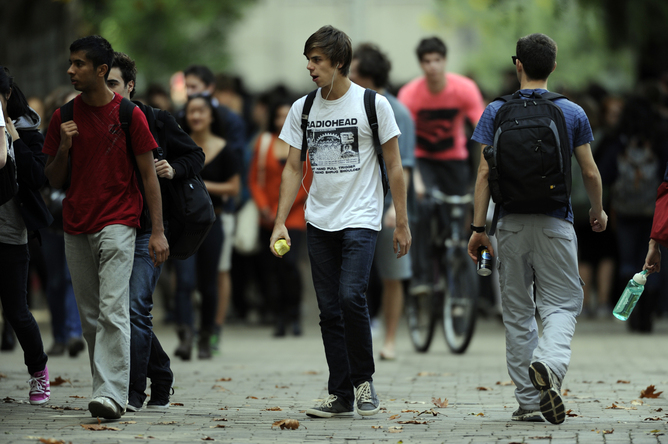
The case for a new university type
It would be reasonable to assume, as many people do, that the word university derives from the Latin universitas, meaning the whole, entire, and is related to the universality of knowledge and learning that notionally characterises a university. Reasonable but not quite on the mark. It actually comes from a contraction of the Latin phrase universitas magistrorum et scholarium, meaning a community of masters (teachers) and scholars (students). So from the earliest times, teaching and learning – the transmission of knowledge and understanding – have been at the heart of a university’s mission. Through the centuries, universities have further emerged as the primary agents of knowledge creation in societies through their research.
Resourcing Australia’s tertiary education sector
Australian Government expenditure on tertiary education has been consistently at 0.8% of GDP since 2000. There has not been a ‘blowout’ in tertiary education spending. If there is a problem, it is simply that the Government needs to bring the Budget back into balance. The contribution that can be made to that objective from the tertiary education sector is at best modest, writes Mark Warburton (LH Martin Institute).
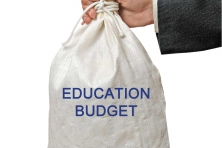 While direct expenditure on higher education student places under the Commonwealth Grant Scheme (CGS) has increased considerably since 2008, this has been substantially offset since 2011 by 13 major savings measures which have reduced spending in other programs of support for higher education teaching. Overall expenditure on higher education teaching has risen broadly in line with GDP. Since 2000, student contributions have increased by 187 per cent, CGS subsidies by 158 per cent and GDP by 144 per cent.
While direct expenditure on higher education student places under the Commonwealth Grant Scheme (CGS) has increased considerably since 2008, this has been substantially offset since 2011 by 13 major savings measures which have reduced spending in other programs of support for higher education teaching. Overall expenditure on higher education teaching has risen broadly in line with GDP. Since 2000, student contributions have increased by 187 per cent, CGS subsidies by 158 per cent and GDP by 144 per cent.
This contrasts markedly with what has been happening in the vocational education and training (VET) sector. Since 2009-10, the Australian Government’s nominal expenditure on VET has declined by $0.6 billion or 16 per cent and this decline will have reached $1.2 billion or 30 per cent by 2017-18.
There is currently a lack of coherent strategy aimed at ensuring that VET resourcing is being used efficiently. The expansion in VET FEE HELP that has occurred could potentially ensure that VET resourcing is maintained despite expenditure reductions. Currently, there appears to be substantial disparity in the level of resourcing of the VET sector in comparison to that in the higher education sector and it is not clear that this relates to a substantial difference in their need for resources. The distribution of VET resources is changing rapidly and is not fully understood. Some areas of VET activity are declining in ways that may have adverse impacts on the availability of skills in the Australian labour market.

